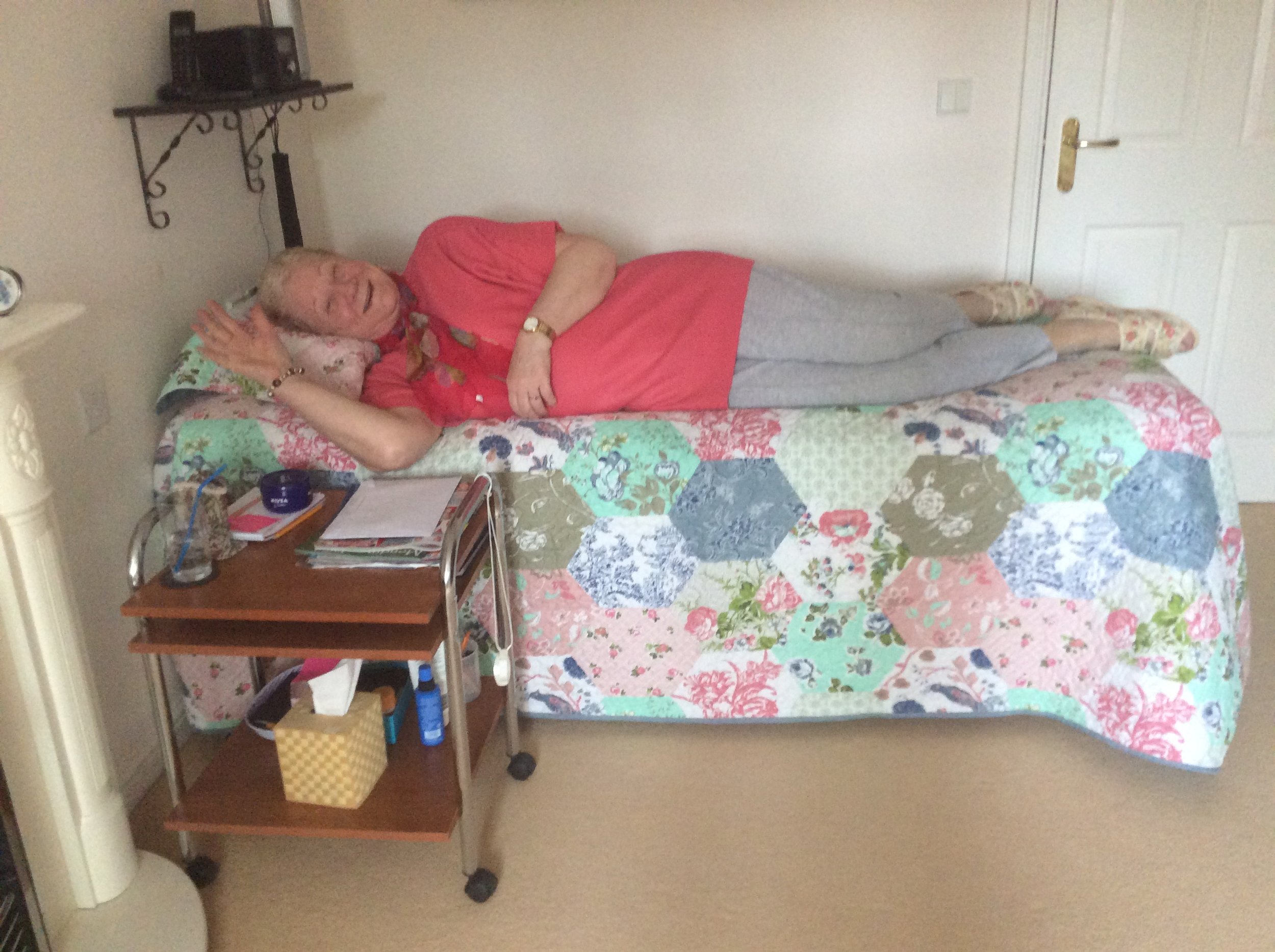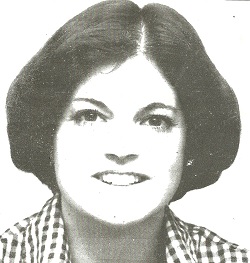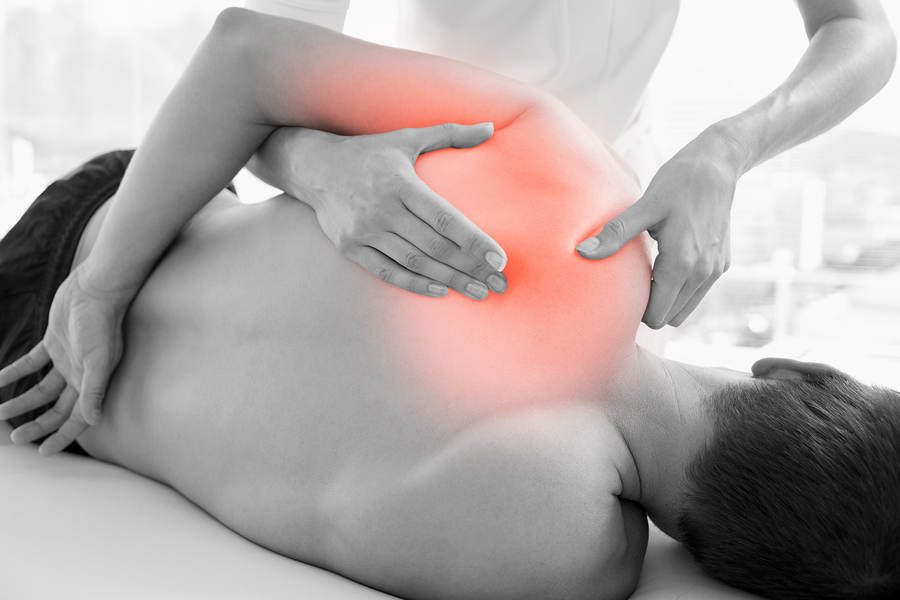Prescription Opioids Rarely Lead to Heroin Use
/By Roger Chriss, Columnist
A recent Politico column by three anti-opioid activists asserts that “opioid use disorder is common in chronic pain patients” and that the nation’s overdose crisis “stems largely from the overprescribing of opioids.”
Andrew Kolodny, MD, Jane Ballantyne, MD, and Gary Franklin, MD -- who are the founder, president, and vice-president, respectively, of Physicians for Responsible Opioid Prescribing (PROP) – also wrote that “many individuals become addicted to prescription opioids through medical or non-medical use, and then switch to heroin after becoming addicted."
This claim is an oversimplification of the tragedy that is heroin addiction. It both ignores the complex trajectory of drug use that culminates in heroin and omits the known risk factors of the people who suffer from heroin addiction. It also runs counter to the known data about various forms of opioid addiction, which clearly shows that most people on opioid therapy do not develop problems with misuse, abuse or addiction, and rarely move on to heroin.
The National Institute on Drug Abuse (NIDA) estimates that about 10 percent of patients prescribed opioids develop an opioid use disorder. And only about 5 percent of those who misuse their medication ever make the transition to heroin.
Further, the number of people addicted to prescription opioids -- about two million -- has been stable for over five years, while rates of heroin use have been rising, suggesting there is not a strong corelation between the two.
From 2002 to 2016, the number of Americans using heroin nearly tripled, from 214,000 to 626,000. Overdose deaths involving heroin also soared during that period.
The reasons behind this are complex and not fully understood. One theory is that heroin became more popular when prescription opioids became harder to obtain and abuse. According to a study by the RAND Corporation, the introduction of abuse-deterrent OxyContin in 2010 was a major driver in the shift to heroin.
Heroin use is also strongly associated with mental illness and childhood trauma. Studies have found that 75 percent of people with heroin addiction have another mental illness, with about half showing signs of psychiatric problems or post-traumatic stress disorder (PTSD) before age 16. At least half were abused or neglected as children, with especially high rates of sexual abuse.
In addition, it is well established in psychiatry that certain mental health disorders – such as borderline personality and bipolar disorder -- have a significantly increased risk of substance use.
Thus, heroin use and addiction is far more complex than just a result of opioid misprespcribing. Most people placed on opioid therapy do not misuse their medication, and the few who do become addicted rarely transition to heroin. Recent studies also suggest that more people are starting on heroin without prior exposure to other opioids.
Heroin addiction is most often the tragic outcome of a shattered childhood or mental illness, and not simply a result of medication exposure. To claim that heroin addiction stems largely from pain management is a disservice to both addicts and pain patients, and will only further the suffering of both groups by diverting attention from the real issues.
Roger Chriss lives with Ehlers Danlos syndrome and is a proud member of the Ehlers-Danlos Society. Roger is a technical consultant in Washington state, where he specializes in mathematics and research.
The information in this column should not be considered as professional medical advice, diagnosis or treatment. It is for informational purposes only and represents the author’s opinions alone. It does not inherently express or reflect the views, opinions and/or positions of Pain News Network.







































